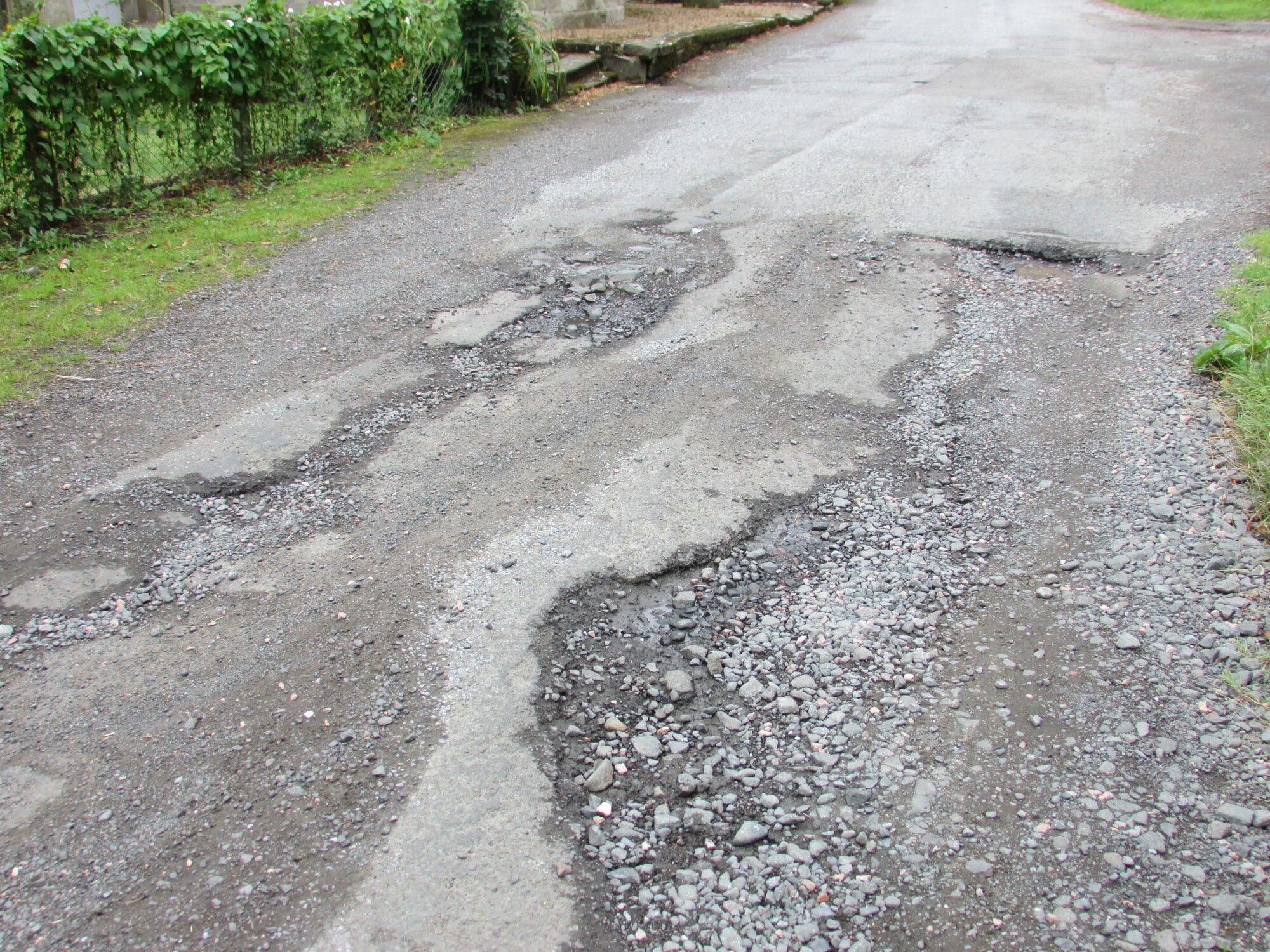If you own a business, home, or property, you likely use asphalt pavement. This resilient, affordable construction material is used for driveways, parking lots, and roadways.
Over time, asphalt pavement will get worn, crack, and experience other signs of deterioration. To make the most of your property’s longevity, you need to diagnose and address the problem.
If you’re not sure if your asphalt pavement is in need of repair or replacement, read on. Listed below are some common signs and indicators.
Cracking
Cracking in asphalt pavement is one of the most common signs that your pavement needs replacement. The cracks can start small but form larger and longer gaps over time if left untreated. Most asphalt pavements begin to show signs of cracking after several years of weathering or use.
Signs of cracking include circles, linear cracks, alligator-shaped cracks, edges moving away from the pavement, potholes, and crumbling pavement at the edges. It’s important to check for larger cracks periodically to make sure the damage does not become too large or unsafe.
Deep Potholes
Potholes are one of the leading signs that asphalt pavement needs to be replaced. Potholes are caused by water seeping into the asphalt and eroding away parts of the pavement base, which then causes the asphalt to break away and form cavities.
Deep potholes can cause severe damage to asphalt pavement, making it unsafe for cars to drive over them and costly to repair. If a pothole is already deeper than six inches, it likely needs to be replaced, as it is too late for any minor repair.
Drainage Issues
Signs that your asphalt repaving needs replacement due to drainage issues include large puddles or standing water on the pavement surface after storms and heavy rains, large cracks and sunken areas in the surface of the pavement, and water that pools in low-lying areas of the pavement in dry weather.
Drainage problems can also cause structural damage to the sub-layers of the asphalt structure, which can lead to more expensive repairs. If standing water or pooling water is not addressed, it can eventually cause premature failure of the asphalt surface.
Pavement Fading
Asphalt pavement fading is a sure indicator that your pavement needs to be replaced. Fading on asphalt pavement can take several forms, including cracking, flaking, alligatored areas, and overall oxidation of the pavement surface.
Over time, these spots become more distinct and will eventually start to appear in the shape of alligatored patterns or deep cracks that leave the pavement structure weakened.
Raveling
Raveling occurs when small pieces of the asphalt pavement start to break away and form holes in the road surface. The problem typically starts when the pavement is in need of repair due to insufficient installation or wear and tear that has taken a toll on the asphalt, causing it to become weak and brittle.
This can eventually cause bigger chunks of the pavement to start breaking away. Raveling can also be caused by direct exposure to other elements, such as the sun’s UV rays or chemicals, or untended snow and ice during cold weather.
Choose between cement vs concrete to fix the wear and tear of your asphalt pavement.
Explore the Signs of Asphalt Pavement
Though all asphalt pavement requires regular maintenance, at some time, a repaving job may be required. If you have noticed any of the signs listed in this article, it’s time to consider having your asphalt resurfaced or replaced.
Did you find this article helpful? Check out the rest of our blog for more!










